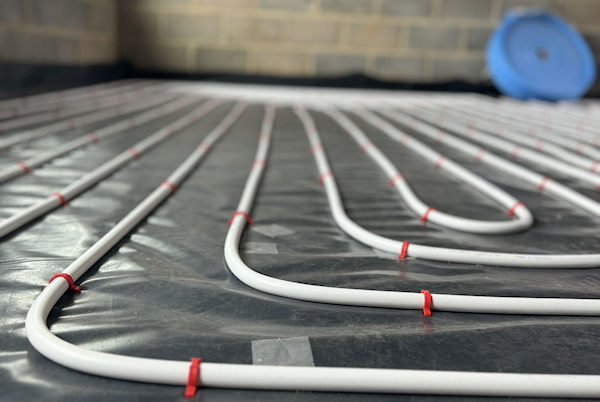Multipipe
Multipipe Ltd. Unit 12 Great Hayes Business Park,
Lower Burnham Road, Stow Maries, Chelmsford, CM3 6SQ
Phone us
Mon-Thur 9.00am-5pm
Fri 9.00am-4:00pm
01245 227630
Visit us
Unit 12 Gt Hayes Business Pk,
Lower Burnham Road, Stow Maries, Chelmsford, CM3 6SQ
What.Three.Words – client.schematic.lamplight
Superior solutions for plumbing and heating professionals
About Multipipe
At Multipipe, we care passionately about raising UK plumbers’ operational standards and our societies’ perception of the trade. We believe there should be a high level of pride in the plumbing industry, and it deserves acknowledgement as an integral part of the economy and our local communities.
Copyright 2006 – 2024 Multipipe Ltd | All Rights Reserved | Co. Registration No: 08055798 | VAT Registration No: 135769973
Website by Business Vitamins





